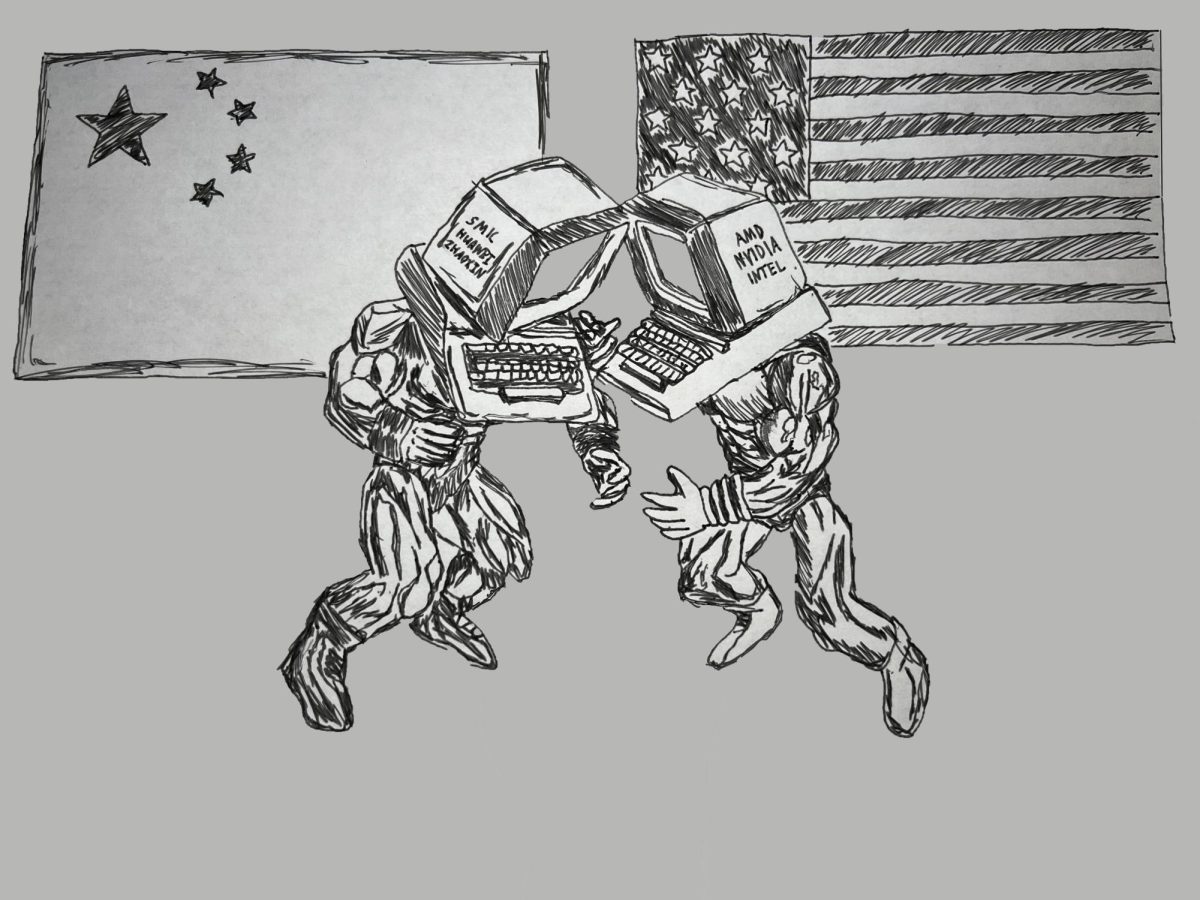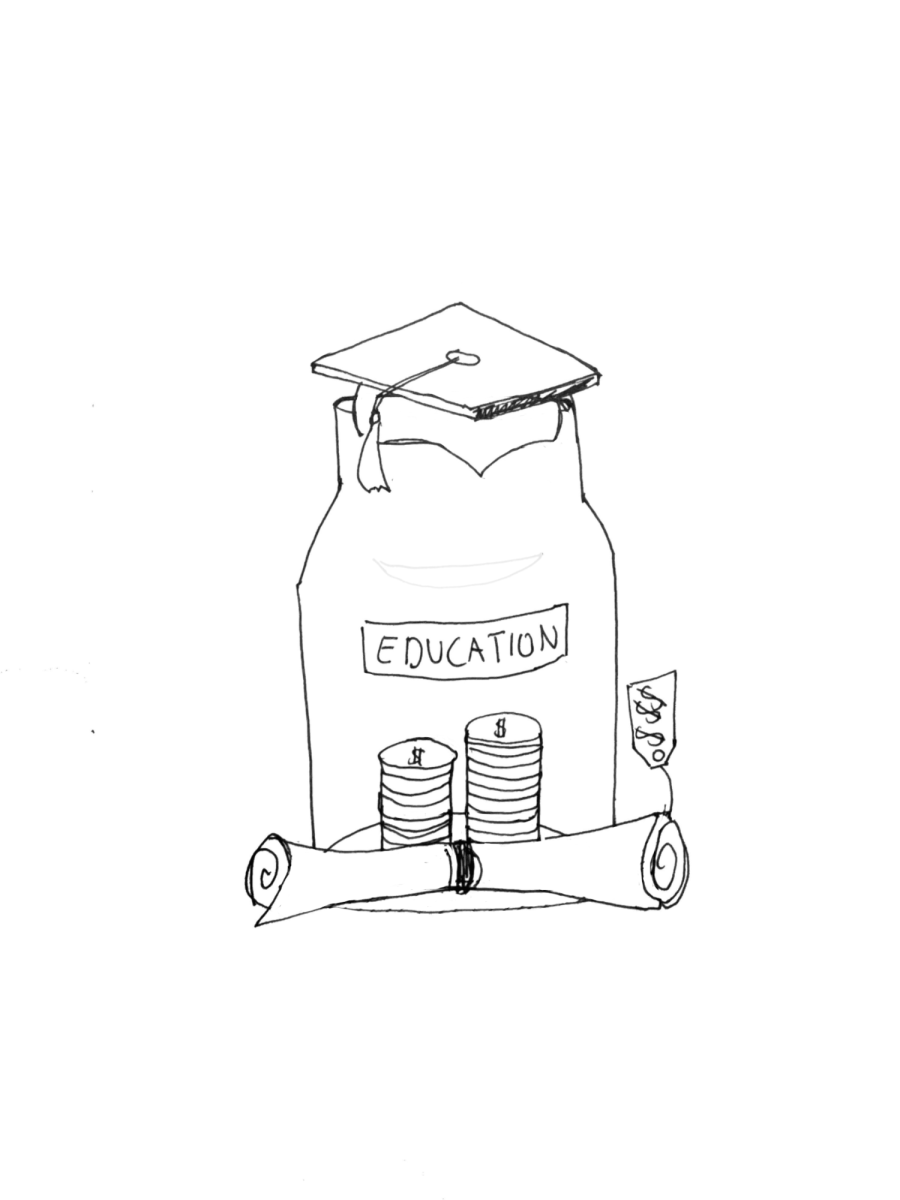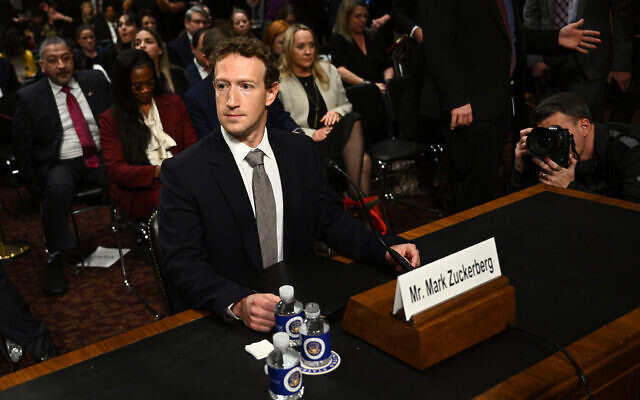At 1:27 a.m. Eastern Time on March 26, one of the busiest ports in the United States was paralyzed as a 100,000-ton cargo ship collided with the Francis Scott Key Bridge in Baltimore. The ensuing collapse of the bridge highlighted America’s declining state of infrastructure. Six people died as the bridge crumbled into the Patapsco River. Ships were unable to access Baltimore’s harbor, causing delays in supply chains. The bridge’s repairs are estimated to cost $2 billion.
While no bridge is designed to sustain collisions with objects weighing more than 100,000 tons, the way in which the bridge collapsed sparked domestic interest. The Key Bridge, constructed in the 1970s, did not have the redundancies and reinforcement required in modern bridges that prevent a total collapse. As a result, the whole bridge fell apart during the collision. Following the tragedy of the Key Bridge’s collapse, it is clear that the U.S. requires greater investment into infrastructure.
The Key Bridge was one of over 16,800 bridges in the United States that are classified by the FHA as “fracture critical”, meaning that any damage to the bridge may cause a total collapse. The list of fracture critical bridges includes other landmark sites such as the Brooklyn Bridge in New York and the Golden Gate Bridge in San Francisco.
America’s crumbling infrastructure is not just limited to bridges. Before its demolition four years ago, Lock and Dam Number 52, the most important lock system in America, had fragile wooden wickets built in 1929. Delays from the lock cost $640 million in missed shipping revenue every year. In Boston, the MBTA operates using hundred-year-old signaling and equipment and through tunnel sections dating back to 1897. It has caught on fire twice in the past two years, and sections of it run at average speeds of 10 miles per hour. The T’s failures exacerbate Boston’s fourth-worst traffic in the world and cost drivers on average $2,270 in missed productivity each year.
The United States’ neglect to invest is the underlying reason for the complete collapse of the Key Bridge and the outdated and dilapidated state of American infrastructure in general. American infrastructure is failing and patchwork investment does not help the problem; a systematic, long-term plan to invest in infrastructure is required if America wishes to remain competitive globally.
Since the enactment of the Federal-Aid Highway Act of 1956, there has not been a large-scale, systematic investment into infrastructure—a sector that impacts the most people’s lives the most directly. If infrastructure, the foundation to a healthy and growing economy, is continually neglected, negative impacts to the economy will accumulate until the United States no longer has an edge in commerce and business compared to other countries across the world. America made a mistake by cutting off investment since 1956, but it is not too late to start investing today.
There is clear evidence of the effectiveness of infrastructure investment as a fiscal stimulus. The World Bank suggests that every dollar invested into infrastructure brings back a dollar and fifty cents in economic benefits; investment into public transport specifically yields a 500 percent return. As the U.S. economy recovers from a recession, investment into infrastructure will be the most effective way of spending to boost economic growth.
The White House has signed in a $1.2 trillion infrastructure bill that has been in the works since 2016. The bill focuses on sustainable development into mass transit: a greener, cheaper, and safer alternative to roads and highways. Investing into trains, subways, and buses as opposed to highways helps solve the traffic problems that plague major American cities and cost them more than $100 billion annually. Investment into these areas decrease overall vehicle movement by taking cars off roads, and in turn relieve traffic while offering people an alternative mode of transport. The impacts of the infrastructure bill are yet to be seen; nevertheless it is a monumental first step in the revitalization of American infrastructure.







